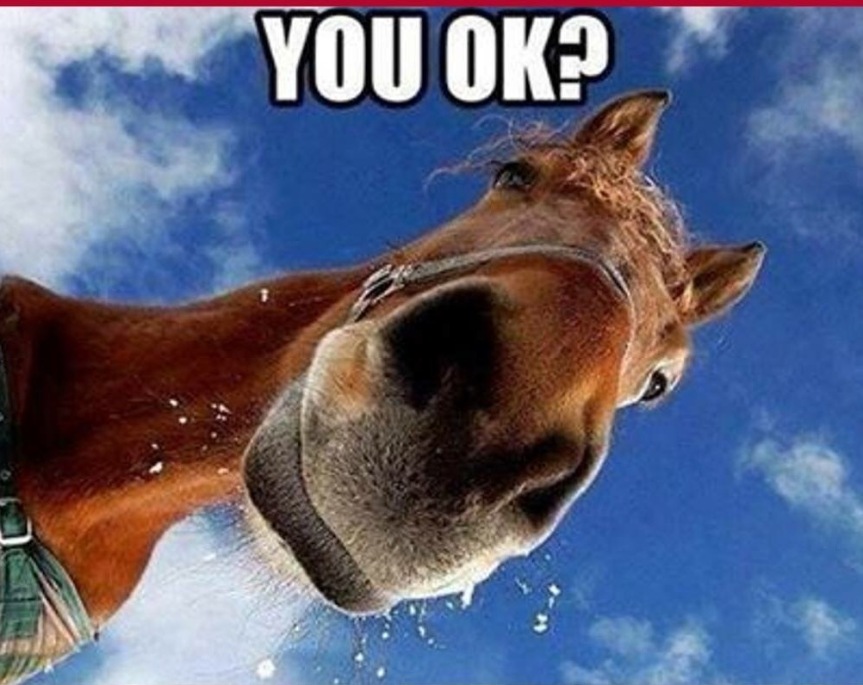In this continuing exploration of Academy high school practices and their unique position to affect change, the idea of changing classes every day, every hour or more, is examined.
Currently, the Academy school model is some type of block schedule. Students take an assortment of courses in order to meet a specified list of credits towards graduation. Throughout the day, students get an hour to 90 minutes of a subject, bells ring, brains shift, and the activity is repeated over and over, until the final bell. Is this really the best way to learn? Is it the way we learn to tie our shoes? Did mom give us an hour of this and an hour of that as we learned to make cookies, or learn that different sized pans would only hold so much, before spilling the contents across the floor? Did a timer go off somewhere as mom yelled that it was time to go learn something else?
I believe there is a better way. We learn by experiences: examination of a situation, trying a solution, evaluating the result, trying again, evaluating, reflecting, etc. and throughout the process, storing the experience for future reference. There is also an element of sharing, talking over results with another person who has experienced, or is experiencing the same thing. With my students, however, I usually get one offering a solution and the other copying it down, in order to simply get finished. No learning, because the goal isn’t to learn. The goal we’ve set is for them to get ‘finished.’
Change the mindset from ‘finished’ to ‘learned’ or ‘learning’ and time becomes irrelevant. The goal is learning, so students don’t leave (or they return each day) until they’ve mastered the concept.
The idea that students are given a list of items to accomplish at the beginning of their high school career, and that they can finish them in any order, and in whatever time frame they are able, is a concept whose time may have come.
What if high school were as exciting and looked forward to as coming of age? Shouldn’t this be a time of discovery and promise, instead of dreaded and scary? To give our students the responsibility of their own learning, I believe they also need to know what that learning entails, so they are properly equipped to run with the responsibility!
I think it is time we return to trusting our kids with more, sooner. The movement to protect kids has pushed personal responsibility to the back burner. We are so afraid of letting kids fail, we do things for them, which creates a child that doesn’t need to step up and take responsibility. In addition, it creates a child that views failure as a disgrace, meaning that child will do everything in their power to avoid failure. I’ve observed students who work harder to avoid failing – often by cheating or straight up avoidance – than they would to engage in the learning! In their defense, the classroom can be a real snoozer if there is nothing engaging or relevant going on.
‘I believe every child can learn’ is the new mantra.
What I don’t see is the belief that every child can take control of their learning; that we can trust natural curiosity to take them places our planned lectures never could or will. There has to be a freedom on the part of the teacher to ‘hang on for the ride’, as the student forges ahead.
It’s a little like taking a horseback ride.
Every student has a mentor, advisor, or adult that holds them accountable. The entry to high school is planned in a community of parent, student, teachers. The goals for the learning are spelled out. The reins are placed in the child’s hands, with guidance. The adults are the spotters, close in the first few rides, backing off as the student gets more familiar with the process and expectations. The student isn’t being pulled along the path to the destination; the student is choosing the way, enjoying the ride, the pace, the view. The destination arrives naturally, and perhaps a little differently than first envisioned.
This idea does require a bit of a structural change. Instead of a class schedule, a school could end up with every student starting in the same place! Big room needed! The solutions could involve everything from an orientation style of instruction with starting points, to letting students come up with possible solutions that would allow them to get in the knowledge- and learning time- they need.
The Checklist
So what does this checklist look like? Is it the same for every student? Is it modifiable, like college programs? What’s required? What’s negotiable?
Is it a list of standards, or more a list of abilities, attitudes, or problem solving? Is it a bit of both? How do we assess the learning? Who assesses the learning and levels of achievement?
This process requires collaboration among student, parent, and faculty… but it also requires a commitment on the part of teachers and school leaders to stick by the rules: student choice, student struggle (a critical component), and a plan to reward success AND failure, because there will be both, if we’ve done it right. It’s time to do this right, and to return a love and excitement for learning back to our children!


One thought on “Change the mindset from ‘finished’ to ‘learning’….”